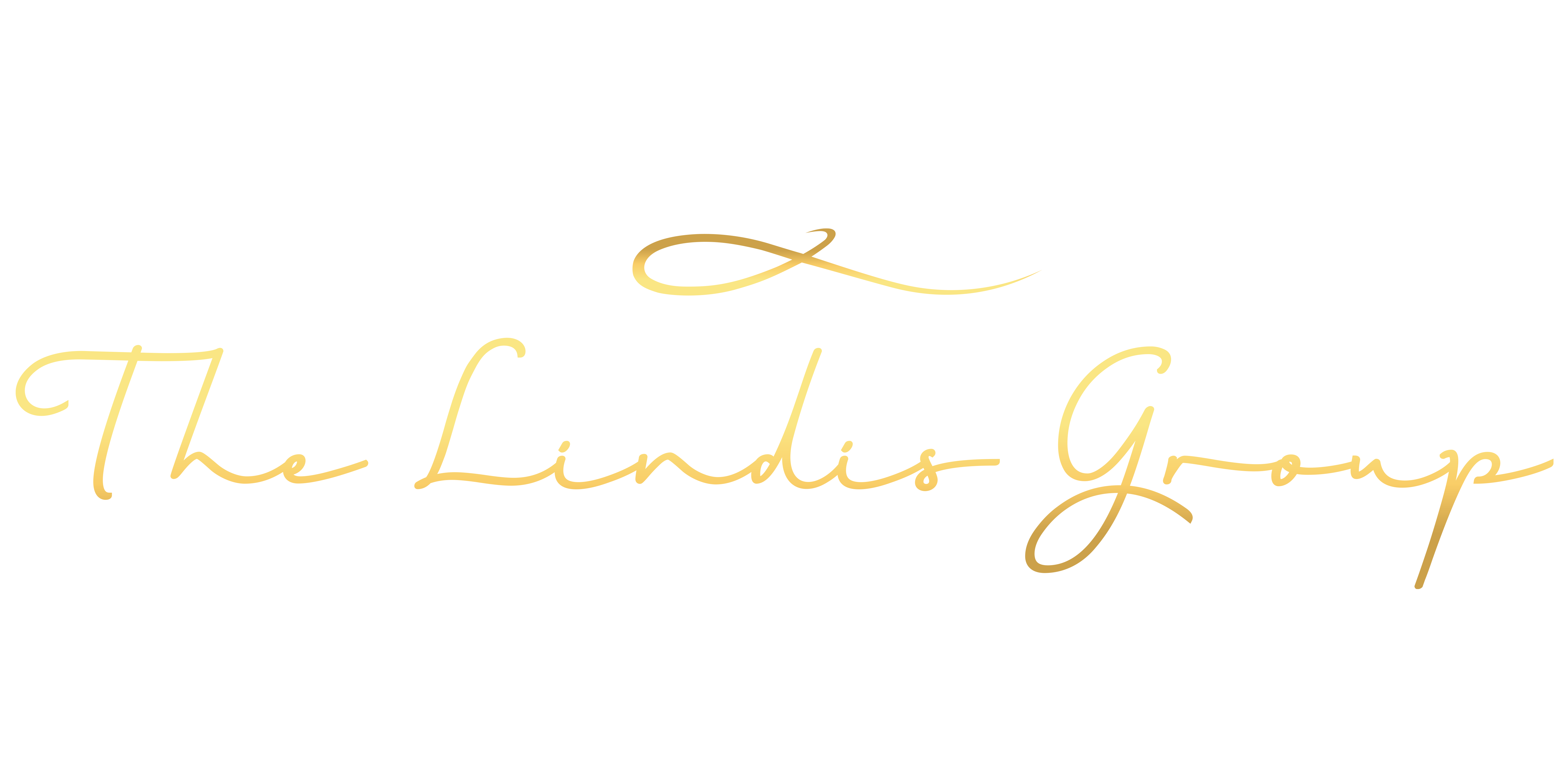
LAKE HĀWEA & WĀNAKA
Lake Wānaka
The township of Wānaka is a South Island wonder, with the pristine alpine lakes at its doorstep, surrounded by the beautiful Southern Alps.
The town is the gateway to Mt Aspiring National Park a World Heritage Area – an area known for its epic mountains, glaciers, rivers and beech forests.
Within Wānaka town you can go hiking, mountain biking, fishing, boating, kayaking, swimming, skiing and snowboarding, take a scenic flight, enjoy award-winning food and drink and more.
(Source: Wanaka Tourism)
Lake Hāwea
Located an easy scenic 15-minute drive from Wānaka and on the road to Makarora and the West Coast, Lake Hāwea is a place of quietude, epic mountain ranges and a stunning lake.
If you’re looking to find off-the-beaten track hikes, explore the trails around Lake Hāwea, which feature both peaceful lakeside walks and steep and craggy climbs.
Lake Hāwea is a favoured spot for wind surfing, paragliding and kite surfing, as well as fishing and boating.
(Source: Wanaka Tourism)
Maori History
Wānaka and Hāwea are iconic lakes of cultural and statutory significance to Kāi Tahu. The lakes feature in the Waitaha iwi oral tradition of “Kā Puna Wai Karikari o Rākaihautū” which tells how the great lakes of Te Wai Pounamu (the South Island) were dug by the tūpuna (ancestor) Rākaihautū with his famous kō (Polynesian digging tool). Rākaihautū was the captain of the waka (ocean canoe), Uruao, which brought the Waitaha people to New Zealand on an early discovery expedition. It is Rākaihautū and the Waitaha people who lit the first fires of occupation within Te Wai Pounamu.
Around Lake Wānaka were a number of pā (strongholds), kāika (settlements) and nohoaka (camp sites). The biggest known settlement in the area was a Kāi Tahu pā known as Take Kārara which was located in present day Roys Bay. Other local settlements included Ōrau which was on the banks of the Cardrona River, Toka Karoro towards Beacon Point and Okai Tū situated where the Clutha and Hāwea Rivers meet. A highly significant site for spiritual and traditional reasons was Manuhaea, located below The Neck, the narrow isthmus between lakes Wānaka and Hāwea.
The name “Wānaka” is a South Island variant of the word “wānanga” which refers to ancient schools of learning. In these schools Kāi Tahu tohuka (men of learning) would be taught whakapapa (genealogies) which stretched back to over a hundred generations and karakia (incantations) for innumerable situations. All of this learning they would be required to commit to memory.
Trails (ara tawhito) in the area included: the Clutha/Mata-au, used to transport pounamu and mahika kai (natural and cultural resources) back to the coast; the Waitaki River, Ōmakō/Lindis Pass which connected the Waitaki with lakes Wānaka and Hāwea; the Matāura River, noted for its indigenous fishery; and Haast Pass/Tiori Patea.
The Mātakitaki River provided an alternative route to the treasured pounamu resources of Te Tai Poutini/the West Coast. The Ōrau (Cardrona River) and the Kawarau were also part of this interconnected network of trails. At Whakatipu-wai-Māori (Lake Wakatipu) a network of villages lay along the routes to access pounamu at Te Koroka, located beyond the head of the lake. Countless generations transported it back to coastal settlements in Otago and Southland on waka and mōkihi for fashioning into tools, ornaments and weapons.
Tititea was located on the south side of the Kawarau River, near Ōterotu. Whakatipu-Wai-Māori is an important source of freshwater, the lake being fed by hukawai (melt waters). These are waters with the highest level of purity and were accorded traditional classifications by Kāi Tahu that recognised this value. These Tapu (sacred) waters sustain many ecosystems important to Kāi Tahu.
All elements of the natural environment possess a mauri, a life force, and all forms of life are related. The mauri of whenua and wai taoka, lands and waterbodies, represent the essence that binds the physical and spiritual elements of all things together, generating and upholding all life. Mauri is therefore a critical element of the spiritual relationship of Kāi Tahu Whānui with the whenua, waterbodies and resources of the region.
Kāi Tahu understand climate change through this paradigm of connectedness and relationship with the environment. The tūpuna (ancestors) had considerable knowledge of whakapapa, the traditional trails, tauraka waka, places for gathering kai and other taoka, and tīkaka for the proper and sustainable utilisation of resources of the area. All of these values remain important to Kāi Tahu today.
(Source: Wanaka Tourism)
